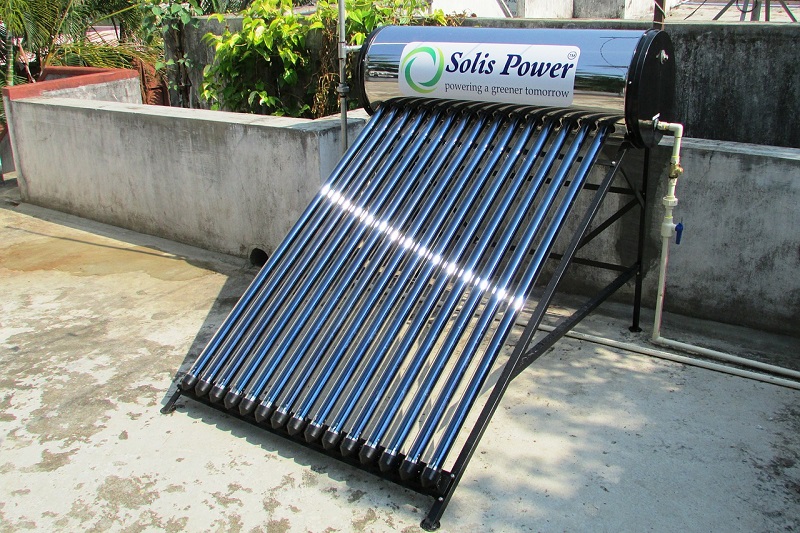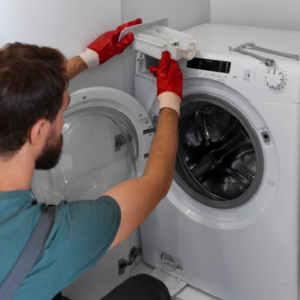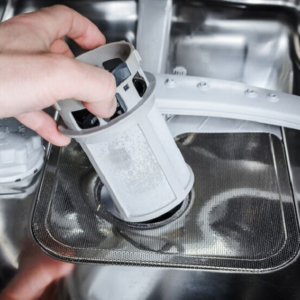Whether it’s cooking, washing, or cleaning, water is of absolute significance. All residences encompass a water heater, making it just as much of a requirement for an RV. Similar to a tank water heater, a tankless water heater generates hot water utilizing electricity or propane.
The unit requires a flow valve to regulate propane or electric heating components to warm up the water. The components warm up the cold water as it flows through the unit, and the flow valve only switches the heater on when a heated water outlet opens. Then, water flows through the system.
Since nowadays tankless water heaters are among most on-demand appliances, they only warm-up water when you employ the hot water unit. With a tankless appliance, there’s no shortage of hot water supply. Rather, the water heater warms water according to your requirement.
In other words, as long as there is a need for hot water, the tankless heater will not interrupt delivering it — there is a continual water supply. If not, contact Water Heater Repair in Scottsdale, AZ to solve your problem.
This Article will Deliver the Essential Steps to Convert your RV Water Heater to a Tankless System
1. Draining The Tank
The first phase is to drain the former water tank. Before you drain, ensure the flow of water isn’t liable to ruin anything or result in electrical sparks. Now, find the drain valve. Open it and wait for the tank to drain fully.
2. Disconnecting Your Supplies
Once the existing heater tank is vacant, you can begin to detach the system from all supplies. Check again that everything is still insulated, then detach the electrical supply from the heater. Mark the wires with numbers or take a picture to make sure the re-connection goes easily.
The other phase is eliminating the hot and cold water pipes from the back of the existing heater. Also, if they are not color-coded, tag them. And you should keep a little box with you to save all loose fittings in it.
The final disconnection step is the supply of propane to the former tank. When you already eliminated the propane line, cover it with a rag or a plastic sack around the naked end of the fitting. It will deter dust, water, or mud from creeping into the propane tube.
3. Removing the Old Unit
Next, cautiously clean the external flange from any weatherproof bond. Furthermore, take all of the mount brooches out, advisably employing a cordless battery drill.
When you discard all fasteners, you can carefully poke the mounting flange off the side of the RV with the help of a hammer and chisel.
This phase may require some commitment, so be certain to take your time with it and make an effort not to harm the RV’s flange or side. After extracting the former unit out of its opening, you may clear the spot before sliding the new heater into the spot and reattaching the service strands.
4. Clean The Area
Clear around the area where the new tankless heater will be inducted. Scrape off any waste, involving the former caulk or sealer. Tidy up any lingering debris to assure that the spot is free from any residue before putting in the new tankless water heater.
5. Installing New Tankless Water Heater
This is a great time to sit down and enjoy coffee and speculate through the induction procedure. A short dry-install will indicate if any improvement requires to be performed to accommodate the new heater. If so, assemble all the crucial equipment and tools. Once you’re satisfied that all is accurate, present, and in spot, you’re good to go.
It’s smart to perform as much of the job as is feasible while the new heater is not installed. The following phase would be sliding the new heater system into the closet, making it safe so it doesn’t hang up or clutch on anything.
6. Finishing Up
At this step, you can prepare for any tricky electrical connections from the inner side of the RV. With that fulfilled, you can wrap putty tape to the flange spot of the recess and settle the system. Take time now to review whether the installed unit’s mounting gaps line up and drill any fresh slots if needed. You can put in one or two mounting fasteners at this step
7. Reconnect the Wires
This phase will be tension-free if the establishment is accurate. Settle all the connections and supplies, accommodating the waterline, electrical connection, and propane pipe. To protect the heater from moisture from the exterior, the nicest method is to dye it with silicon. This scheme would protect the tankless water heater from the severe external atmosphere.
Conclusion
Tankless water heaters are remarkable as they are constructed to deliver hot water within no time. But most honorably, they are handy and small, making them flawlessly fitted to employ in an RV.
The integration of developed technology such as Bluetooth regulator has built some models costly. Thus, it is well worth learning how to modify an RV water heater to tankless and execute it yourself, besides providing you great comfort, it will keep you a significant amount on employing water heater repair services.




